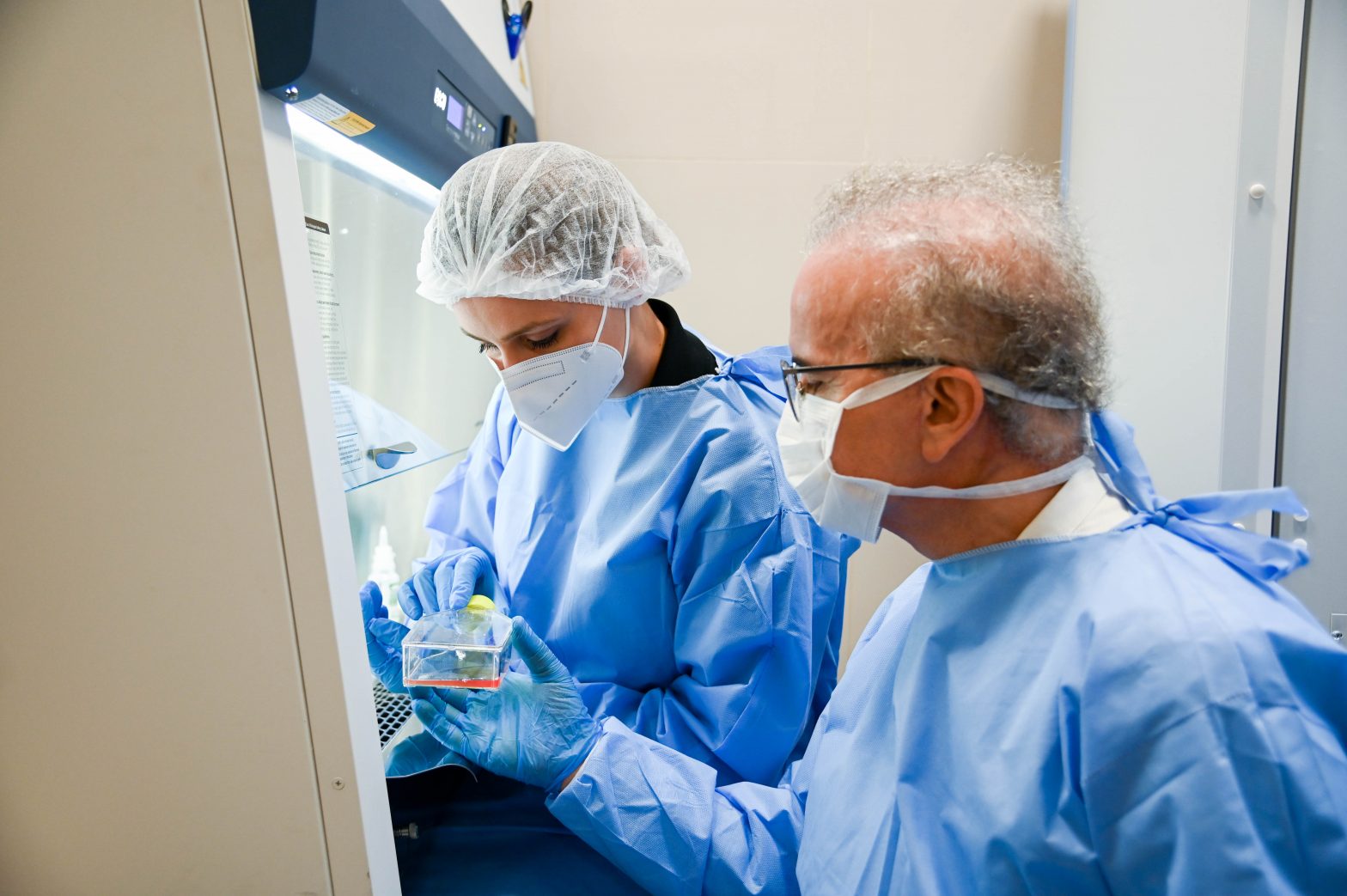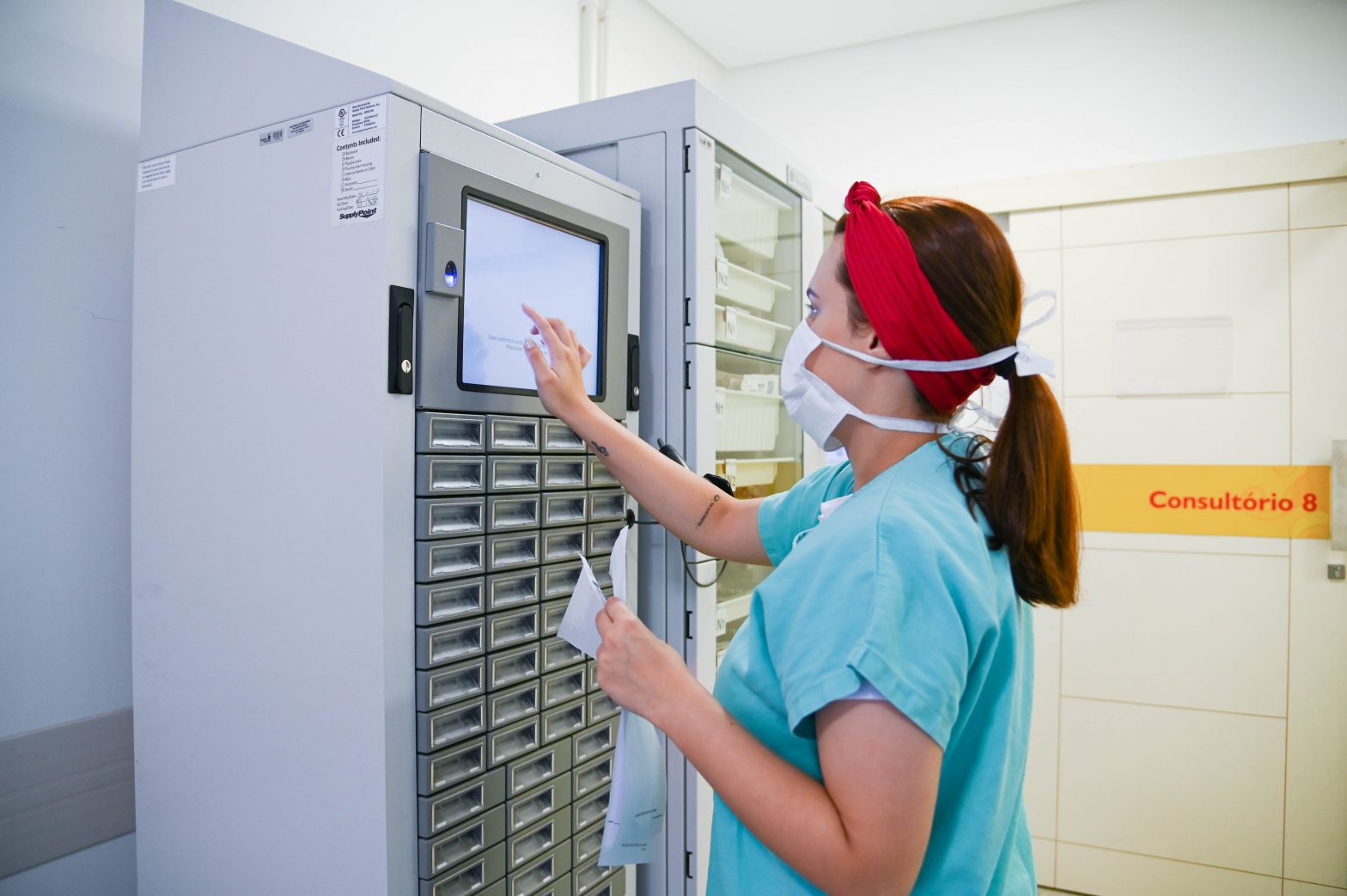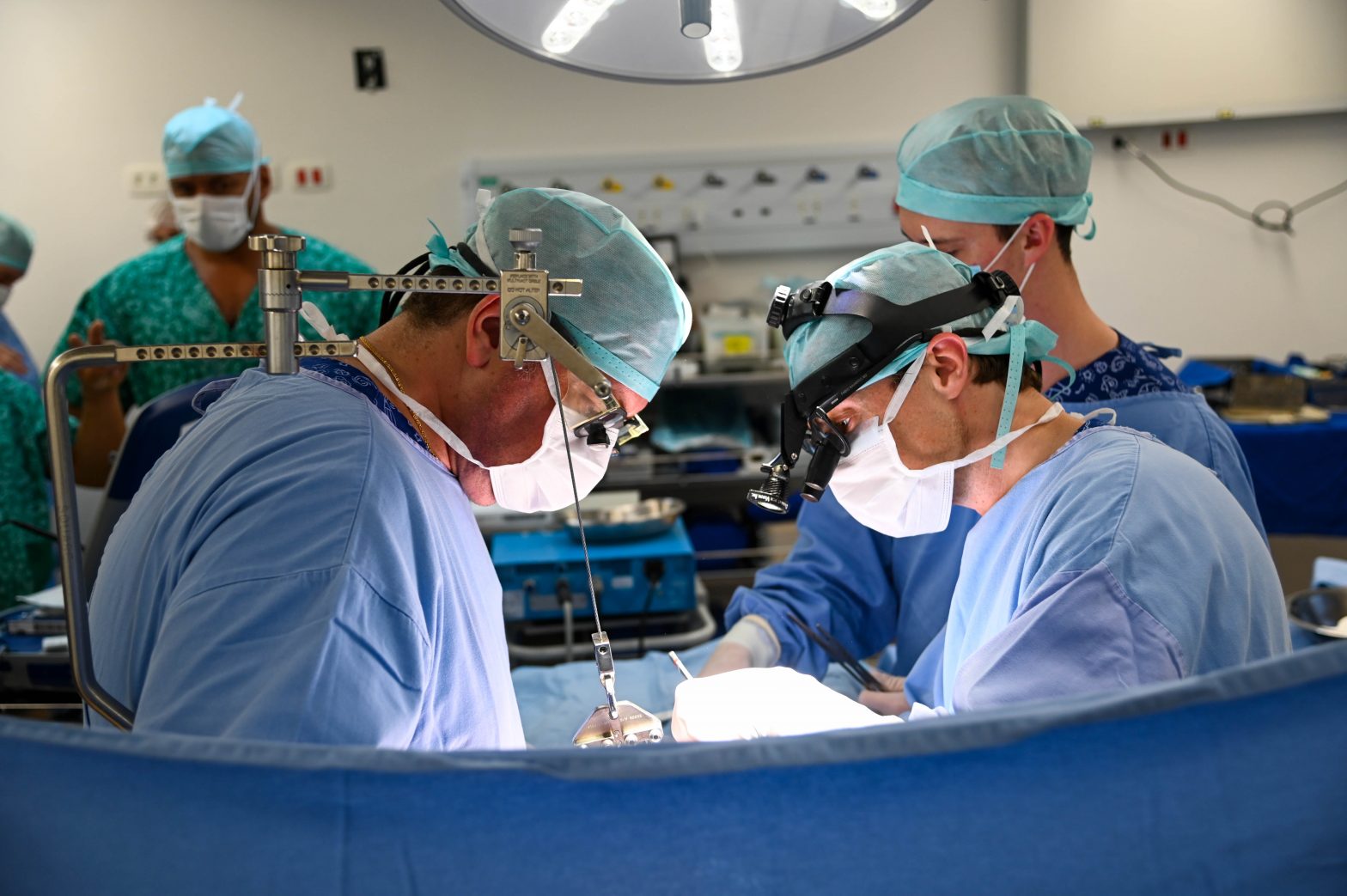Research investigates different aspects of blindness and low vision
The goal is to improve the quality of life and treatments aimed at visual impairment, which is the most prevalent in Brazil
Around the world, near 1.4 million children are blind. In Brazil, visual impairment is the most prevalent, in different age groups. Childhood blindness impacts the social and emotional development of children and adolescents. In view of this scenario, scientists from the Pelé Pequeno Príncipe Research Institute are developing the Saber e Ver project, which seeks to understand the epidemiology, genetic causes and neuropsychological issues associated with this disability, in order to contribute to improving the quality of life and help in the development of new treatments for this important part of the population.
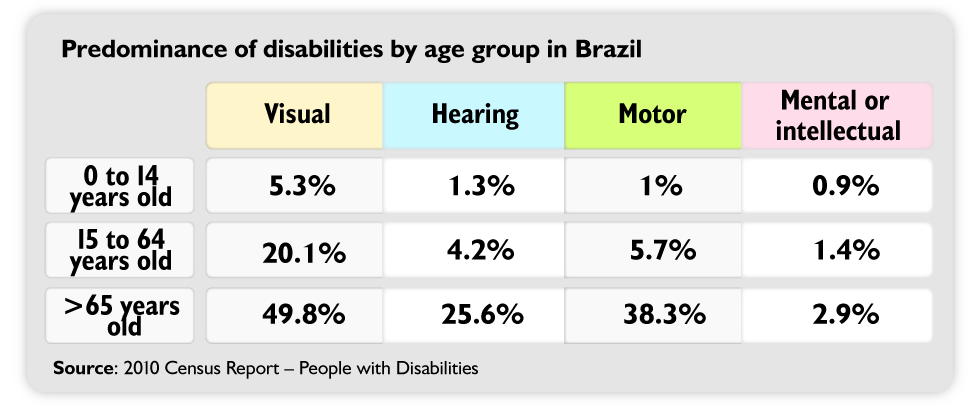
From an epidemiological point of view, the study proposes to contribute to the collection of data that may favor public health actions. To this end, the project will impact 400 children and adolescents with blindness or low vision and their families.
From the neuropsychological point of view, the objective is to understand how visual impairment impacts the cognitive and emotional development of children and adolescents, in order to promote mental health. For this, participants between 2 and 17 years old will undergo a neuropsychological assessment with predefined instruments.
Several studies carried out in different parts of the world indicate that children with blindness or low vision have more emotional and behavioral problems when compared to their peers. But they also demonstrate greater resilience and attention skills and hearing memory. In Brazil, however, there are no data for understanding the cognitive functioning and skills of these children that could contribute to appropriate interventions.

Genetic analysis
Another relevant aspect of the project is the investigation of the genes associated with the condition. “This information is the basis for prospecting and developing new therapeutic alternatives, individual and family follow-up plans,” clarifies one of the scientists involved in the research, Carolina Prando.
The study of genomic DNA by exome sequencing will be applied to participants between 0 and 17 years old, with a suggestive genetic etiology, and mutations in genes not yet associated with blindness and low vision will be validated by the study of RNA and gene expression. Mutations will then be investigated in relatives (father, mother and siblings of the patient) to determine the pattern of inheritance and identify carriers. And then the description of clinical conditions associated with genetic etiologies will be made. Exome data will also be used to identify neurogenetic markers in participants who underwent neuropsychological assessment.
Worldwide, about 50% of cases of blindness in children are caused by hereditary factors. Knowing exactly which gene is associated with each child’s case can even impact the conduct of the treatment that will be offered, achieving better results.
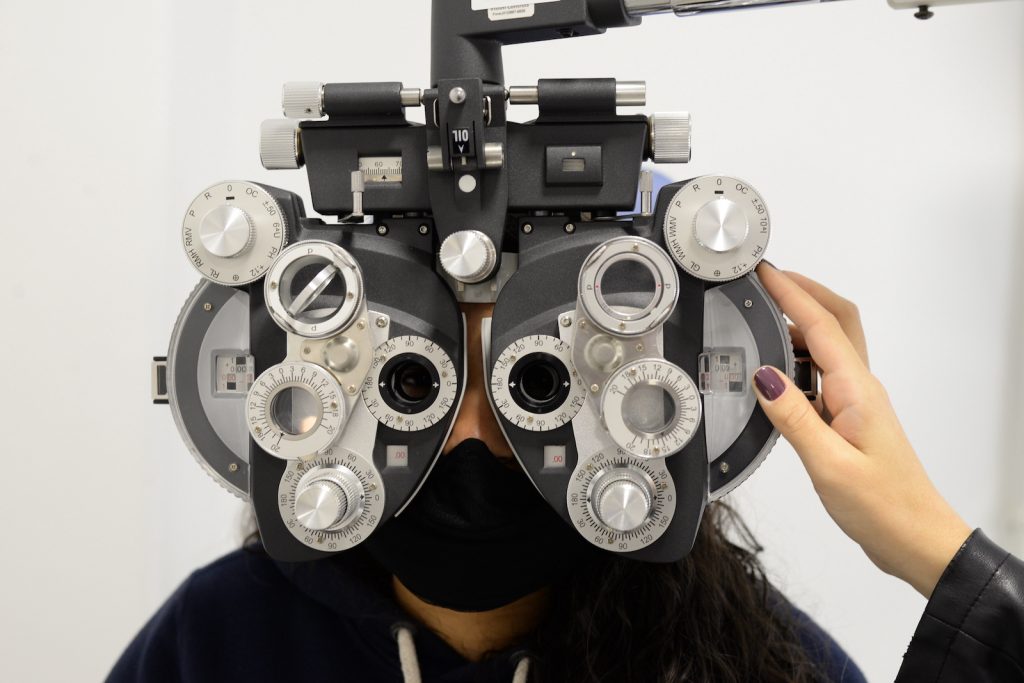
“The identification of genetic causes associated with visual impairment, in addition to redefining diagnosis and prognosis in a personalized way, is the basis for the development of new treatments for vision recovery. Knowledge of the pathophysiological mechanism involved in low vision or blindness may suggest the replacement of substances whose production is affected or even the replacement of the gene in its ‘wild’ state, without the mutation, contributing to the development of gene therapies,” concludes Carolina.
The project was approved by the Ministry of Health’s National Program to Support Healthcare for People with Disabilities (Pronas/PcD), and relies on investment from partner companies of Pequeno Príncipe, which earmarked part of their income tax to enable the study.
In 2022 alone, 63 patients were benefited. The project involves 15 professionals, among which are two fellows for a master’s degree, one for a doctorate and seven for scientific initiation.
More
Purchased with funds from Gala, equipment contributes to oncological research
Biological safety cabin allows the manipulation of human cells and tissues, helping in research that seeks new treatments
Electronic drug dispensers optimize care
The storage equipment for medicines and materials for health assistance helps to improve patient safety and the professional performance
Cardiovascular Surgery Service performs unprecedented procedure in Brazil
Implantation of a pacemaker with an envelope of antibiotics was carried out in December 2022, debuting the use of technology in the country


